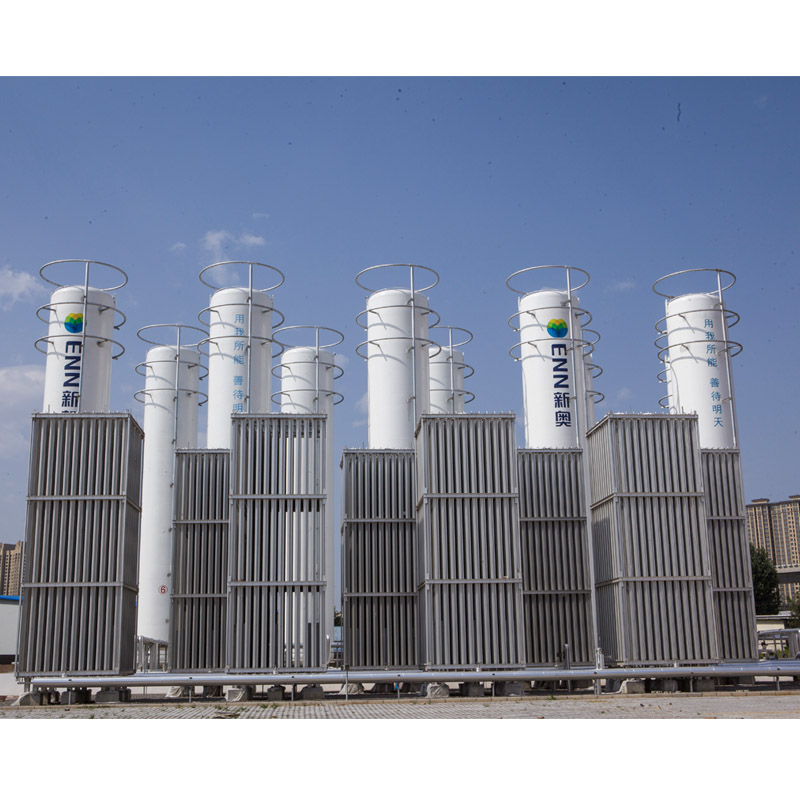
8 月 . 01, 2024 10:01
Back to list
Exploring the Principles and Applications of Heat Exchangers in Modern Engineering Systems
Understanding Heat Exchangers Principles and Applications
Heat exchangers are ubiquitous components in various industrial processes and applications, playing a vital role in energy efficiency and thermal management. They facilitate the transfer of heat between two or more fluids without mixing them, essential in processes like heating, cooling, and phase change operations. This article explores the principles, types, and applications of heat exchangers, illustrating their significance in modern engineering.
Principles of Heat Exchangers
The fundamental principle behind a heat exchanger is the second law of thermodynamics, which states that heat naturally flows from a hotter object to a cooler one until thermal equilibrium is reached. In a heat exchanger, this process is carefully controlled to maximize efficiency. The key elements involved in this heat transfer process are conduction and convection.
Conduction occurs as heat moves from the hot fluid through the walls of the heat exchanger to the cold fluid. Meanwhile, convection occurs as the fluids flow through the exchanger, enhancing heat transfer rates. The efficiency of a heat exchanger is often governed by its design and the properties of the fluids involved, such as their temperature, velocity, and specific heat capacity.
Types of Heat Exchangers
.
1. Shell and Tube Heat Exchangers These consist of a series of tubes, one set carrying the hot fluid and the other the cold fluid. This design allows for high pressure and temperature applications, making them popular in oil refineries and power plants.
مبادل حراري

2. Plate Heat Exchangers Comprising thin plates stacked together, plate heat exchangers provide a large surface area for heat transfer in a compact design. They are particularly useful in food processing and HVAC systems.
3. Air-Cooled Heat Exchangers These utilize ambient air to remove heat from a fluid. They are widely used in power plants and manufacturing facilities where water is scarce or where environmental regulations limit water use.
4. Double-Pipe Heat Exchangers This simple design consists of one pipe inside another, allowing the two fluids to flow in opposite directions (counterflow) or parallel to each other (parallel flow). They are often used for small-scale applications due to their simplicity and ease of maintenance.
Applications of Heat Exchangers
Heat exchangers are crucial across various sectors. In the oil and gas industry, they are utilized for temperature control during crude oil processing. In power generation, heat exchangers facilitate efficient energy conversion by recovering heat from exhaust gases. Food and beverage industries rely on plate heat exchangers for pasteurization and cooling processes, ensuring food safety and quality.
Moreover, in HVAC systems, heat exchangers play a pivotal role in regulating indoor climates by recovering heat from exhaust air and using it to pre-warm incoming fresh air. Environmental sustainability is further enhanced by employing heat exchangers in district heating systems, which recycle waste heat from industrial processes for residential heating.
Conclusion
In conclusion, heat exchangers are vital components that enable efficient thermal management in various applications. By understanding their principles, types, and applications, engineers and designers can create systems that save energy, reduce costs, and minimize environmental impact. As industries continue to innovate and seek sustainable solutions, the importance of heat exchangers will only increase, making them a cornerstone of modern engineering practices.
Latest news
-
Unlocking The Quality Gas Pressure ReducersNewsNov.01,2024
-
The Role of Gas Pressure Reducing StationsNewsNov.01,2024
-
The Importance and Functionality of Safety Relief ValvesNewsNov.01,2024
-
The Essential Role of Safety Valves in Natural Gas ApplicationsNewsNov.01,2024
-
The Essential Role of Gas Pressure RegulatorsNewsNov.01,2024
-
Enhance Your Premium Gas FiltersNewsNov.01,2024

